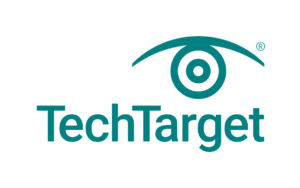Nearly half of hospital patient harm events go unreported, OIG reveals
Editor's Note
Nearly half of hospital harm events—particularly surgical events—were not captured by reporting systems, according to a July 30 TechTarget report on new findings from the Office of Inspector General (OIG).
The OIG report examined 299 harm events experienced by a nationally representative sample of 770 Medicare patients discharged in October 2018. As detailed in the article, the findings build on earlier research showing that one-quarter of Medicare patients experienced harm. A separate study from Mass General Brigham and CRICO found similar rates in inpatient admissions.
In this case, OIG found that 49% of harm events from the October 2018 sample were not recorded in any of the hospitals’ monitoring or reporting systems, TechTarget reports. In comparison, a 2012 OIG report found 86% of such events went unreported. While this marks improvement, the agency emphasized that unreported events represent missed chances to address the causes of harm and improve systems.
According to the article, staff responses to missed events revealed that 46% did not recognize the incidents as reportable harm, viewing them as routine complications or side effects. Twenty percent said the harm could not be distinguished from the patient’s underlying condition, and 16% cited a lack of reporting protocol. Another 8% believed the hospital’s systems should have flagged the event, and 4% noted that the issue occurred post-discharge.
The report cited inconsistent definitions of harm across hospitals as a root problem. OIG also found hospitals were more likely to miss surgical or procedure-related harm events than non-surgical ones, the outlet reports. Missed reporting occurred at similar rates for both adverse and temporary harm events.
Among the events that were reported—about 35%—the most common detection method was manual medical record review. As detailed in the article, hospitals also used real-time patient monitoring tools, including automated alerts, which TechTarget reports as being potentially helpful in conditions like sepsis. Incident reporting systems were also in use to identify trends and trigger investigations.
Despite these tools, only 17 reported events were formally investigated, and 11 resulted in safety improvements. Hospitals disclosed only about one-third of harm events to affected patients. While disclosure is not mandated, OIG noted it is considered a best practice that enhances accountability and strengthens investigations by incorporating patient input.
To improve patient safety reporting, OIG issued several recommendations. As outlined by TechTarget, the agency advised CMS and the Agency for Healthcare Research and Quality (AHRQ) to align definitions of harm events and consider stronger enforcement of reporting requirements, including the Medicare Quality Assurance and Performance Improvement (QAPI) program. OIG also recommended that CMS direct its Quality Improvement Organizations to help hospitals analyze and improve their internal safety reporting systems.
Read More >>

 Free Daily News
Free Daily News